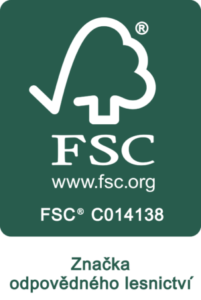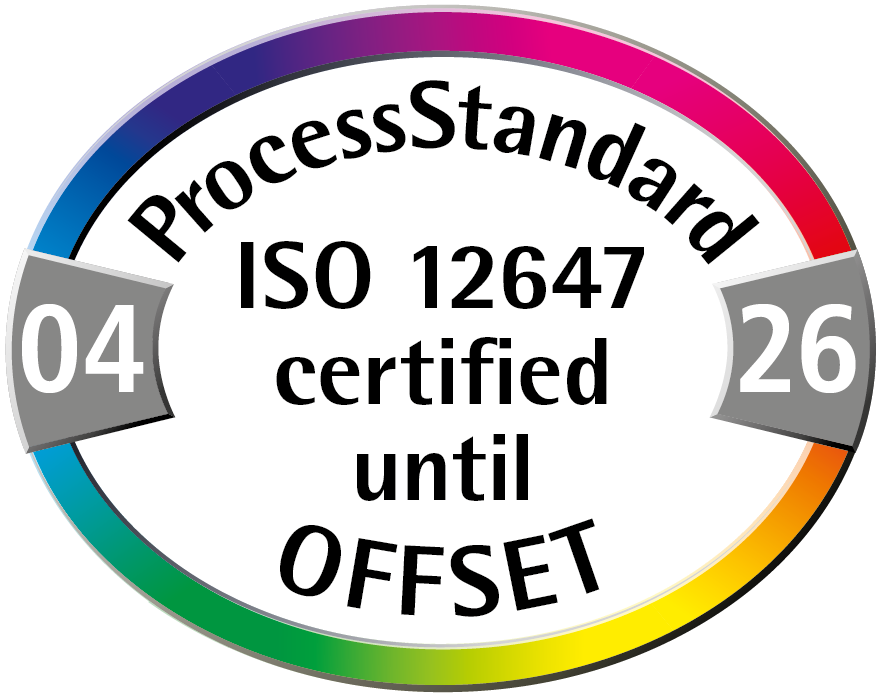Text: Jaromír Andrýsek
In May, I accompanied a visit to the Finidr “B” building to carry out one of the audits. The auditor talked to the company’s staff from different processes, and in turn got to talk to the Polish expediter, the Ukrainian and Filipino digital print operators, and finally the Czech binding machine operator. A diverse range of nationalities, I thought, all working together to fulfil the company’s plans.
This is somehow appropriate for a company with such a rich tradition of printing books in different languages. In addition to the common European languages, the printing was done in Arabic, Ethiopian, Greek and Hebrew. After all, Hebrew was not so foreign to Těšín. Before the Second World War, about 2,500 Jews lived in the town, gathering in six synagogues and a number of so-called Bethaus, houses of prayer. One of them was directly opposite the Těšín printing house on Hlavní Street.
The Jewish community belonged to Těšín from about the first half of the
16th century, when the Jew Jakub bought a house “behind the bath”, which was left by the late butcher Jiří Ledwožiwie. In 1576, during the reign of Prince Adam Wenceslas of Těšín, another Jew bought a house on Stříbrná Street. It was a glazier Marcus, who sold window glass. However, it was not until the family of Jakub Singer finally settled in Těšín. He collected tolls in Těšín and the surrounding towns on the basis of contracts with Princess Elisabeth Lucretia (1631). According to the princely decrees (1647), Jakub could engage in trade, run his shop, rent a marketplace and buy used coins. He traded with Moravia, where he came from, but also with Hungary, Silesia and Lesser Poland. Eventually he bought a house in Těšín on the corner of the square adjacent to German Street and settled there. In 1667, ten Jews paid the tax, one of whom was called a teacher.
The number of Jewish families in Silesia increased when Karel VI (1711-1740) issued a patent of toleration for Jews in Silesia. In Těšín itself, in addition to the Singers, four other Jewish families lived in 1720. Moses Singer’s brother-in-law was a bookbinder, but lived mainly by trade. It is also interesting to note that Matěj Kryštof Singer was baptized and founded the Catholic branch of the Singer family, while Mojžíš Singer became the religious leader of the Jews in Těšín Silesia, where 88 Jewish families already resided in 1752. They could practice religion only privately, and their children also studied with private teachers. The first Těšín Jew with a university degree was Heimann Holländer, a doctor of medical sciences (1802). However, a two-class Jewish elementary school did not begin to function in Těšín until 1850. In 1938, a total of about 2,800 Jews lived in both parts of the town, but by the end of 1943 only a few Jews remained in the town.

One of the places in Těšín that commemorates the existence of the exterminated Jewish community is the old Jewish cemetery. A place where from time to time cars with tourists stop to soak up its atmosphere and admire its genius loci. It is located in Haźlaska Street on a plot of land purchased by the Singer family in 1647. It was a plot of land in Vinohrady where the prince’s vineyard used to be. It is paradoxical, but it was the existence of the cemetery that became the impetus for the growth of the Jewish population in Těšín and its surroundings. It remained the private property of the Singer family until 1785, when the Jewish community bought it. The old Jewish cemetery served its purpose for almost 250 years and around 1,500 tombstones have been preserved. In 1907, a new cemetery was put into use, located slightly higher up on the other side of the street.
If you want to take a walk and visit the place with the old tombstones, you can walk from the castle hill along Castle Street to St. George’s Church and continue past it up the stairs towards Haźlaska Street. As you climb up it, you will gradually pass High, Pigeon and Fryderyk Chopin Streets. On the left side of Haźlaska Street you will see a brick fence and the brick ruins of a funeral house. Climb the stairs to its entrance. When you go around the house, you will find yourself on paths trodden around centuries-old tombstones full of Hebrew inscriptions and symbols. From the highest part of the cemetery, you have a beautiful view of the Beskydy Mountains. I believe you will enjoy this place of peace and oasis of greenery, where history speaks from the tombstones.






